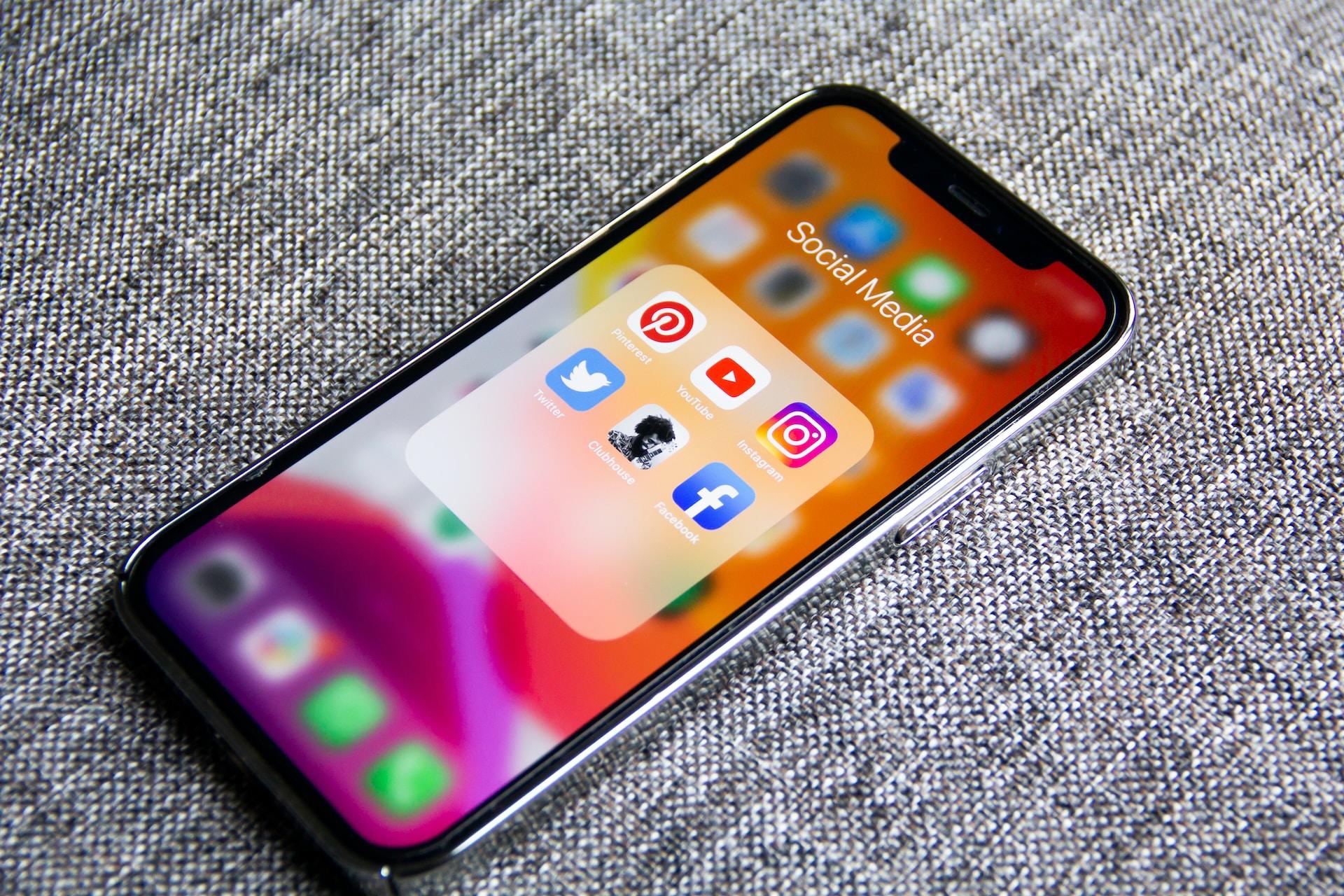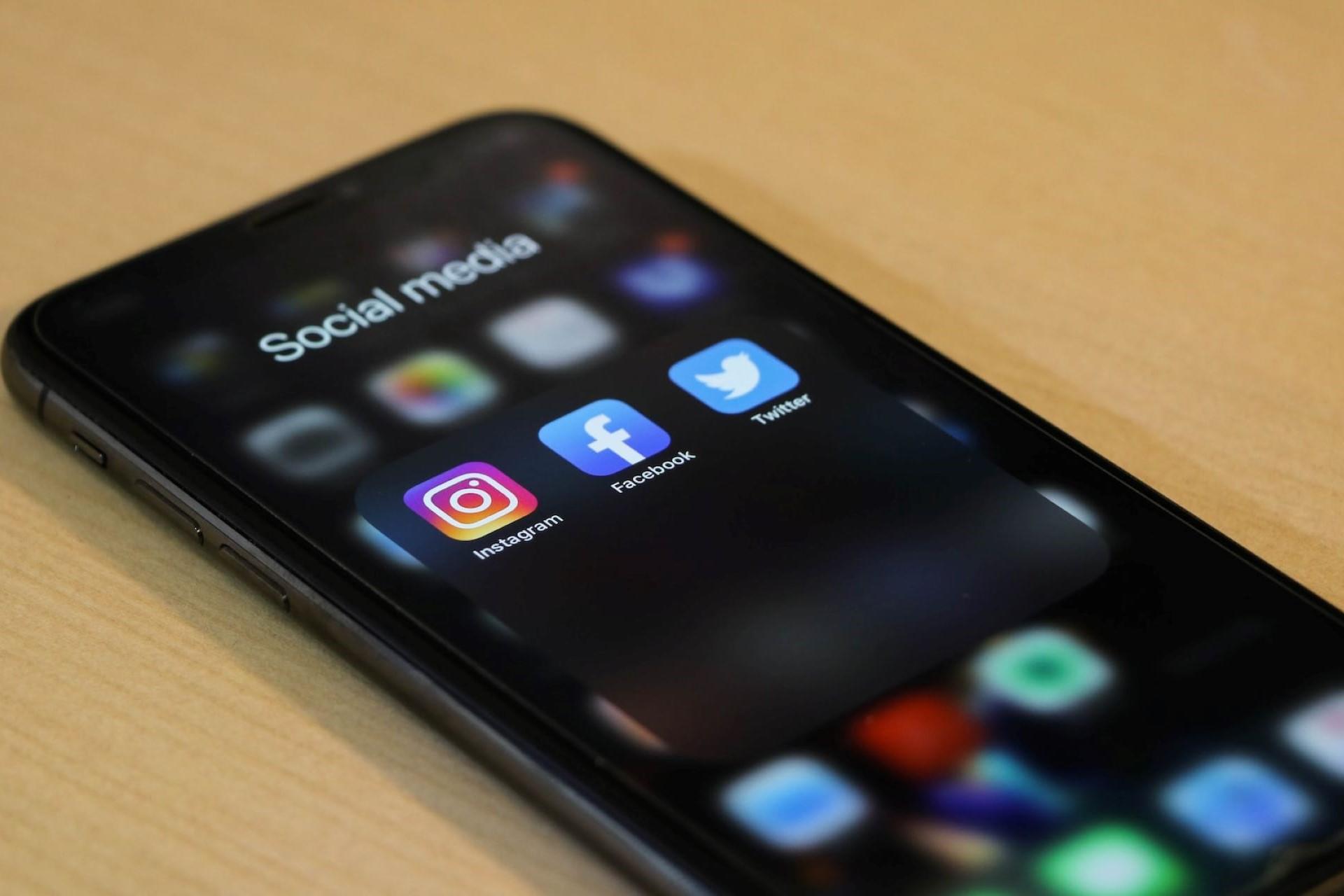When learning English or any language, success depends on the student finding the ideal approaches and resources for their language learning goals.
As every language student is different, there's no such thing as an ideal method, but there are some that many students have found a lot of success with.
When learning English, students have the advantage that English is a widely spoken language with a huge cultural output that lots of people study. This means that there's plenty of English-language content out there and lots of resources for them to learn.

Different Ways to Learn English
As previously mentioned, there are essentially as many approaches to learning English as there are students, but we like to identify the three main approaches: immersion, esl classes for adults, and autodidactism (or self-eduction).

Immersion is arguably the best way to learn a language because you do it without thinking too much about it. This is how we all learn our mother tongues and it happens naturally through being surrounded (or immersed) by the language in your everyday life to the point that you naturally pick it up.
English learners can enjoy immersion by moving to English-speaking parts of the world or by living and working in English-speaking communities. Since almost every minute of the day is spent using the language, progression is usually quite quick and natural, though there is a risk of picking up bad linguistic habits.
Classroom learning or private tuition is the way that most students tend to learn their second language, especially if it's part of their schooling. Depending on where a student learns and the quality of education available, classroom esl classes houston tends to offer mixed results, with some students going onto fluency whereas others leave education with a very poor level in their target language despite years of teaching.
Last but not least, we have autodidactism or self-education. This is when the student takes it upon themselves to learn something. With languages, especially in the modern age, there are lots of resources and ways to do this, and almost anyone with the drive and discipline to learn a language can often do so on a very tight budget.
In reality, most language students will learn using a combination of these approaches to differing degrees and even those who can't move to an English-speaking part of the world can simulate immersion by consuming lots of English-language media and even by using social media; which brings us to the focus of today's article.
The Most Popular Social Media Platforms for Learning English
As you'll see, the term “social media” can be quite broadly applied to several sites and platforms, especially since most of them have some kind of functionality that allows for user interaction.
Any social media platform with a lot of English-language content that allows users to interact with one another through messages or comments, especially in English, will be particularly useful to any English-language student.
The average person uses social media for a whopping 151 minutes per day!
Imagine how much they could be learning during that time.
Here are the biggest platforms in terms of users and users in the English-speaking world.
Though Facebook seems to be the platform of choice for older social media users now, it was one of the first social media platforms and still remains one of the most popular.
With around 3 billion users, it's a fairly comprehensive platform that includes a timeline, pages, games, groups, events, and the marketplace.
To start, students of a certain level can change their Facebook settings so that the entire interface is in English. Even more novice students can do the same if they're already incredibly familiar with the platform.
This won't result in complete immersion, but by changing the language settings on any social media site (and even on devices like phones, tablets, and computers), students can spend more time surrounded by English, which will naturally help them to progress.
For active students, they can also join groups on Facebook. There are groups for almost everything you can think of, including learning English and other languages. More advanced English speakers can join English-language groups related to subjects they're interested in and use them as an opportunity to meet and interact with English speakers who share their interests.
YouTube
Whether you think YouTube is a social media platform or not doesn't really matter because it's an incredibly useful resource for learning a language.
Aside from being home to billions of hours of video in English, it also hosts plenty of channels and videos for learning English and tons of videos in English.
Watching videos, movies, or TV shows are all great ways to improve English language skills and there are even video courses that students can follow along with.

But this is just YouTube as a video platform. YouTube could be considered social media through the comment sections and the communities.
While the comment sections on certain videos are probably worth ignoring, certain channels and videos are great places to interact with other users and practice English.
Beyond using YouTube to learn English, many channels, especially those for learning English, have language learning communities attached to them on their own websites and forums where students can take their language learning even further.
WhatsApp is technically a messaging app, but since messaging is social, it's often bundled into social media and in terms of users, it's the third largest “social media” platform in the world. It's also owned by Meta, the parent company of Facebook, so it's at least social media-adjacent.
In either case, it can be a useful tool for communicating with others, and with group chats, it becomes incredibly useful for language learners.
Students in the same online esl classes can set up a group chat to communicate with each other outside of class as well as with their teacher.
Just don't forget that it's very common for English speakers to use pop culture vocabulary when interacting online and through messaging apps.
You may think of Instagram as an image-sharing social media platform, but it can also be used by English students.
In addition to the images being shared, the Reels feature (which is very similar to TikTok in many ways) includes lots of short-format videos.
With immeasurable numbers of videos available in English, students can watch Reels to their hearts' content. However, it should be noted that not all content is created equal and there's plenty of junk on there, too.
TikTok
TikTok's short-format videos quickly made it one of the most popular and engaging social media platforms, especially for younger users.
With plenty of English-language content available, English students can train their ears to English from all over the world with short, bingeable videos of questionable production quality.

How to Learn English with Social Media
Every English student is different and so is every social media platform. Most people tend to have their preferred platform, but some students would do well to try out some of the other platforms, depending on their level of English and their preferred learning strategies.
Any English student should start following English-language accounts on their social media to make sure that their news feed or timeline is full of real-life English content.
Students will get out of social media what they put into it so they should engage with communities for learning English or topics and subjects that they're interested in. English students can join in with discussions, ask questions, and engage with other users in their target language.
Social media offers students the opportunity to work on their comprehension for both written and spoken English with almost every social media platform allowing video content to be shared.
Students shouldn't be scared to engage with social media, but they should be aware that certain corners of the internet are more friendly and welcoming than others. Fortunately, with so much choice in terms of communities and social media platforms, they can always leave communities that they don't like and look for other places to improve their English online.
For students teaching themselves English, social media can offer accountability that they might not otherwise get without a teacher or tutor tracking their progress. In tightly-knit language learning communities, users will look to work together to improve their language skills and help their fellow community members to improve, too.
Certain particularly engaging online communities run events, challenges, and other ways to encourage their members to improve as much as they can in their target language.
Students should remember that learning English with social media is just one of a multitude of approaches and it's unlikely that social media will make anyone fluent in English if used in isolation without other high-quality resources and educational approaches.
Most students will find social media a useful tool and resource for improving their English, but each student will need to work out to what extent social media is useful and what other resources they should be using.

Social media should be used to complement carefully chosen language resources while working from effective and proven learning structures and curricula which can usually be offered through comprehensive language courses or from English teachers and private tutors.
On the Superprof site, there are plenty of English tutors across the US and around the world so no matter where you are, you can find great tutors for every level and budget. Even if you can't find any local tutors, you can also find lots of online tutors on Superprof.















